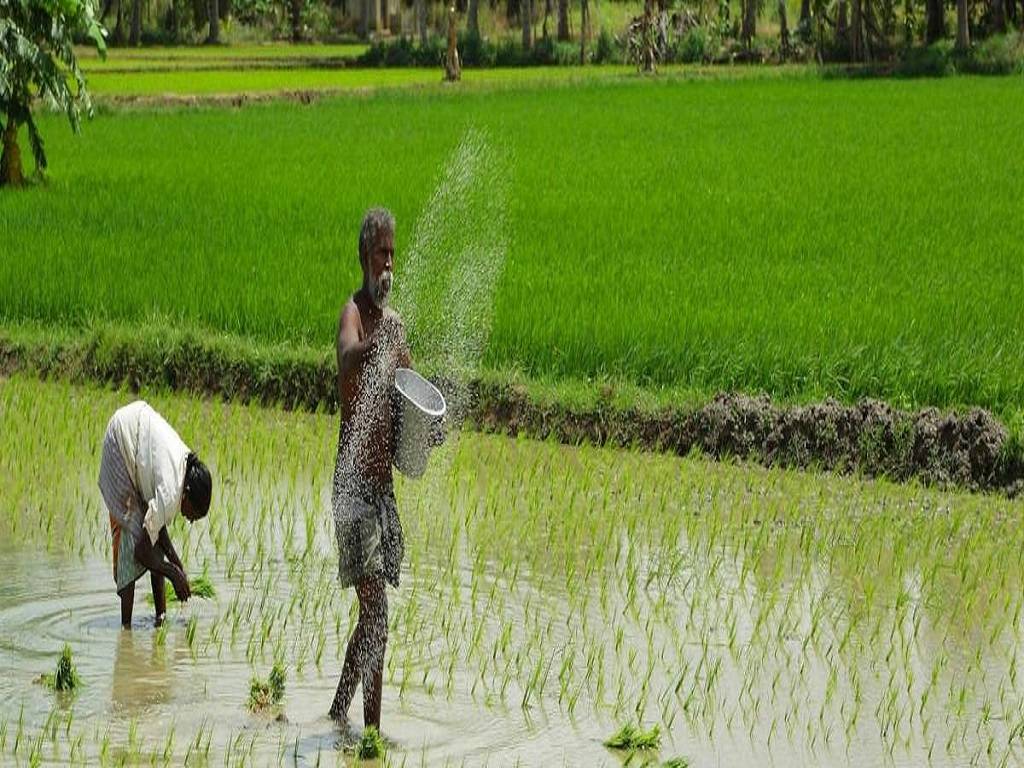
Farmers anticipate bigger profits as rice prices rise, and they are eager to plant more of the 1509 -type. Farmers like this high-yielding type because it yields a larger return, according to farmers and authorities from the state agriculture department. It uses less water and sells for a fair profit to private dealers.
Paddy transplantation in Haryana will begin in less than a week (officially on June 15), but Pusa-1509 sowing is already underway in practically all northern districts with tubewell irrigation systems, including Karnal, Kurukshetra, and Panipat.
Raj Kumar, a farmer from Ladwa in Kurukshetra, said he plans to transplant all of his 10 acres under Pusa-1509 this year because he got roughly 65,000 per acre from Pusa-1509 last year, compared to 52,000 per acre from parmal varieties on three acres.
He used to plant a blend of the popular basmati strain Pusa-1121 and parmal rice until last year, he added.
"However, the rates were strong last year, and farmers that sowed Pusa-1509 made a fair profit." So this year, instead of hybrid parmal rice, I switched to this kind," he explained.
Farmers claim Pusa-1509 is the only early maturing basmati type, allowing them to empty their fields in three months and sow the following crop, particularly vegetables.
"Pusa-1509 is available to private purchasers at any time, but government organizations begin procuring parmal varieties in the first week of October. Between rice and wheat, they don't have enough time to plant the next crop," said a farmer in Karnal's Indri block, who has already transplanted five acres of Pusa-1509.
Sunil Kumar of Karnal's Gharaunda said he plans to plant Pusa-1509 on at least 10 acres of his 22-acre farm because he has leased 10 acres and wants to harvest at least three crops each year.
According to state agriculture department authorities, an increase in the area under basmati varieties is predicted this year, given the farmers' enthusiasm in 1509.
"We estimate the area under paddy cultivation to remain around 12.50 lakh hectares this year, and the area under basmati varieties to remain above 50%," said Jagraj Dandi, Haryana state agriculture department's joint director (statistics).
According to officials, the area under basmati types fluctuates depending to price volatility. It has been decreasing for the past two years, falling to 19.50 lakh acres last year from 22.75 acres in 2019.
















